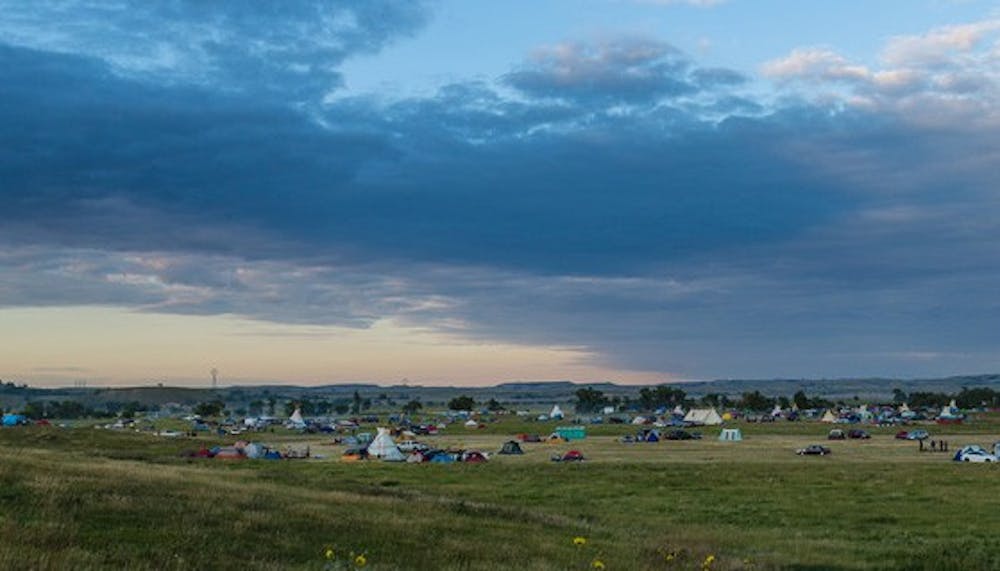When Kelli Huth heard news about the rerouting of the Dakota Access oil pipeline Dec. 4, she was shocked.
"I thought, 'Is this really happening?' — I'm just overwhelmed," said Huth, the Director of Immersive Learning for Entrepreneurial Learning. "This weekend could have gone very differently — we still don't know what's going to happen, but it's looking so much more hopeful now."
On Dec. 5, water protectors at Standing Rock were supposed to be evacuated for the pipeline to make its way through the area — which has been occupied by indigenous peoples and their supporters for months. But on Dec. 4, the U.S. Army Corps of Engineers said it wouldn't grant an easement for the Dakota Access oil pipeline in southern North Dakota, handing a victory to the Standing Rock Sioux Nation and its supporters, who argued the project would threaten a water source and cultural sites.
RELATED: Ball State faculty member returns from Standing Rock in North Dakota
Having spent time at Standing Rock herself in October, Huth said she now wishes she could go back to North Dakota to be with those who have helped keep the pipeline from continuing in its original path.
"It's been hard to be [in Indiana] these last few weeks as things have gotten really bad out there," Huth said, holding back tears. "They needed all the good news they could get — it must be such an incredible time there right now."
North Dakota's leaders criticized the decision, with North Dakota's Gov. Jack Dalrymple calling it a "serious mistake" that "prolongs the dangerous situation" of having several hundred protesters who are camped out on federal land during cold, wintry weather. U.S. Rep. Kevin Cramer said it's a "very chilling signal" for the future of infrastructure in the United States.
The four-state, $3.8 billion project is largely complete except for the now-blocked segment underneath Lake Oahe, a Missouri River reservoir. The company constructing the pipeline, Dallas-based Energy Transfer Partners, had said it was unwilling to reroute the project.
However, U.S. Secretary for the Interior Sally Jewell said in a statement that the Corps' "thoughtful approach ... ensures that there will be an in-depth evaluation of alternative routes for the pipeline and a closer look at potential impacts."
Although the new development has been good news for the Standing Rock Sioux Nation and their supporters, Huth said she's cautious, and still anxious to see what happens next.
"What does this mean? Could they come back and still make the people go home?" Huth said. "I really hope [the decision] stands. I hope the government is serious, because if they are, they're truly making the right decision on behalf of the indigenous people."





